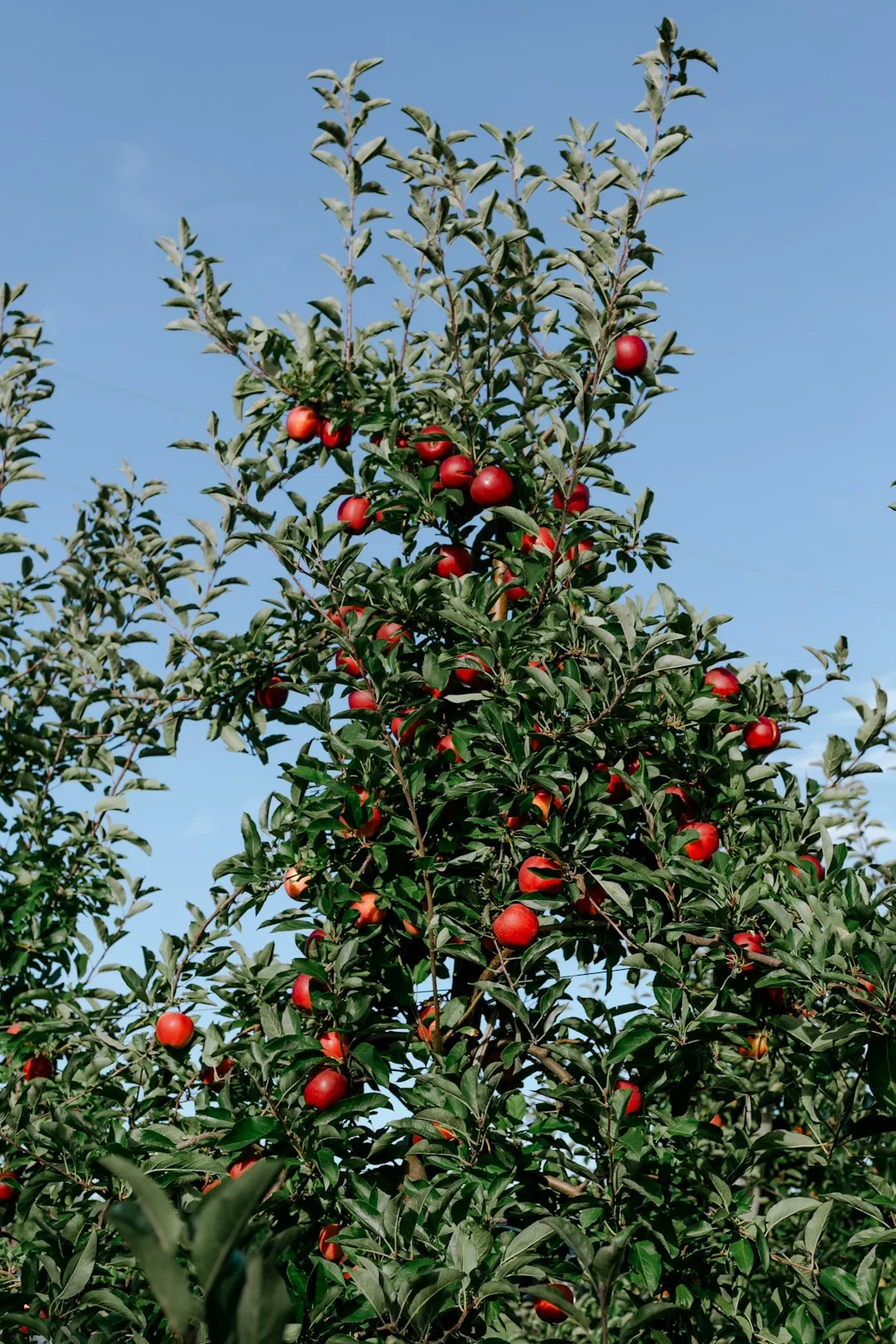Unleash the Magic of Air Plant Propagation

Houseplants have become an integral part of modern living, adding a touch of nature and tranquility to our indoor spaces. Among the many types of houseplants, air plants, also known as Tillandsias, have gained immense popularity due to their unique appearance and low - maintenance requirements. One of the most exciting aspects of growing air plants is the ability to propagate them from offsets, allowing you to expand your collection from a single parent plant.
Air plants are epiphytes, which means they do not require soil to grow. They absorb water and nutrients through their leaves from the surrounding air. These fascinating plants produce offsets, also called pups, as a natural part of their growth cycle. Offsets are small, genetically identical plants that grow at the base of the parent plant. Propagating air plants from offsets is not only a cost - effective way to increase your collection but also a rewarding experience that allows you to witness the life cycle of these amazing plants up close.
When to Propagate Air Plants
Timing is crucial when it comes to propagating air plants from offsets. Generally, it is best to wait until the offset has reached about one - third to one - half the size of the parent plant. This usually occurs when the offset is between 2 to 4 inches tall, depending on the species. At this stage, the offset has developed enough roots and leaves to survive on its own. If you try to separate the offset too early, it may not have the necessary resources to thrive. On the other hand, waiting too long can cause the offset to become overcrowded and compete with the parent plant for resources.
You can tell that an offset is ready to be separated when it starts to pull away from the parent plant slightly or when you can see a clear division between the two. Another sign is the development of a few small roots at the base of the offset. These roots indicate that the offset is starting to establish itself and is ready to be independent.
How to Propagate Air Plants
Propagating air plants from offsets is a relatively simple process that requires only a few basic tools. You will need a sharp, clean pair of scissors or pruning shears. It is important to sterilize your tools before use to prevent the spread of diseases. You can do this by wiping the blades with rubbing alcohol.
First, gently hold the parent plant and the offset. Locate the point where the offset is attached to the parent plant. Using your sterilized scissors or pruning shears, carefully cut the offset away from the parent plant as close to the base as possible. Try to make a clean cut to minimize damage to both the offset and the parent plant.
After separating the offset, you can choose to let it dry for a few hours in a well - ventilated area. This helps the cut area to heal and reduces the risk of infection. Once the cut has dried, you can place the offset in a suitable location for growth. Air plants prefer bright, indirect light, so a spot near a window that receives filtered sunlight is ideal. You can also use artificial grow lights if natural light is limited.
Watering is an important part of caring for your newly propagated air plant. You can mist the offset with water a few times a week or soak it in water for about 20 - 30 minutes every 1 - 2 weeks. Make sure to shake off any excess water after watering to prevent rot. As the offset grows, you can gradually increase the amount of water and light it receives.
Caring for Newly Propagated Air Plants
Newly propagated air plants require a bit of extra care to ensure their healthy growth. Keep an eye on the humidity levels around the plant. Air plants thrive in environments with humidity levels between 50% and 60%. You can increase humidity by using a humidifier or placing a tray of water near the plant.
Fertilizing your air plants can also help them grow stronger and healthier. Use a diluted, water - soluble fertilizer specifically formulated for air plants. Apply the fertilizer once a month during the growing season (spring and summer). Be careful not to over - fertilize, as this can damage the plant.
As your newly propagated air plant grows, you may need to reposition it to ensure it receives adequate light. Rotate the plant every few days to prevent it from leaning towards the light source. With proper care and attention, your air plant offset will grow into a mature plant and may even produce its own offsets in the future, allowing you to continue expanding your collection.
In conclusion, propagating air plants from offsets is a wonderful way to enhance your houseplant collection. By understanding when and how to propagate these plants, you can enjoy the beauty and uniqueness of air plants while also experiencing the joy of nurturing new life. So, go ahead and give it a try – you'll be amazed at how easy and rewarding it can be!